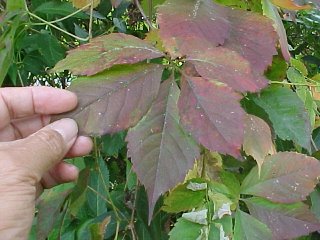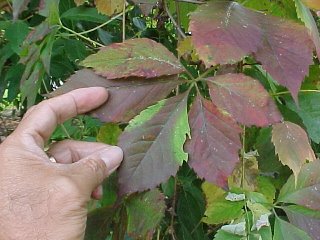
Teeth of the lion - that's the translation of the French word for dandelion - that most common of "weeds" in lawns and school yards. When I show children a dandelion leaf and ask them what it is they call out "It's a weed!" I respond that a weed is just a plant that someone doesn't want - a rose is a weed if you don't want it. If you like dandelions then it's one of the most beautiful flowers you're going to see in your yard.
Dandelions are a great plant to investigate. Take a group out to look at some dandelions on a sunny day. You'll get a chance to watch insects stopping by for a visit. I like to share with others that flowers like dandelions are sending out this message "Eat here!" (not to be confused with "Eat me!" another plant strategy for survival - a lesson for another day) - they do it with visual and fragrant clues.
There are many teaching opportunities that can be centered on dandelions. You have the opportunity to observe and record all the visitors to the dandelion - honey bees, ants, butterflies, beetles. Find a dandelion seed head and delve into the adaptions of wind borne seeds. Where might they end up? What places would be good places? What would be bad? Why are there so many seeds? You can use dandelions as the focus for an exercise in estimating - "How can we estimate the number of dandelions in our school yard?" Toss out a bunch of hula-hoops randomly around the school yard. Figure out the area inside the hoop. Count the number of dandelion plants inside each hoop. Compute the area of the school yard. Get your math wizards working on how this information can be used to come up with the number of dandelions out in you "science laboratory". More interested in language arts - gather around a dandelion and use it to inspire poetry or creative writing.
Want to know more about dandelions? I happen to have the inside scoop on a great book that's coming out in October. Well, I have to admit I'm biased because it's written by my wife, Anita Sanchez. The books is "The Teeth of the Lion: The Story of the Beloved and Despised Dandelion". Check out the link for it.



